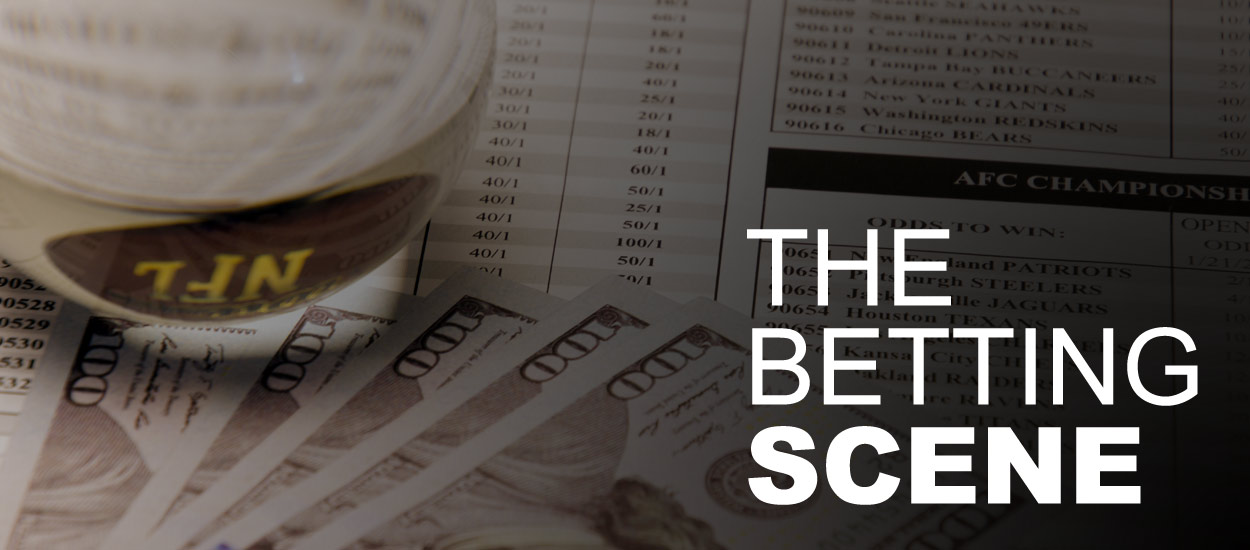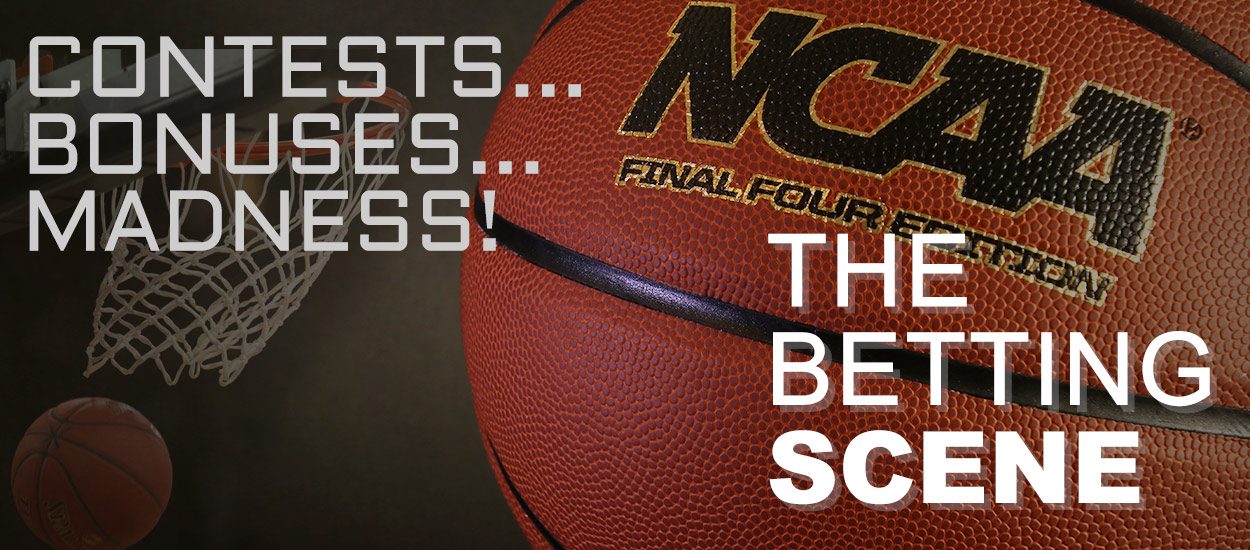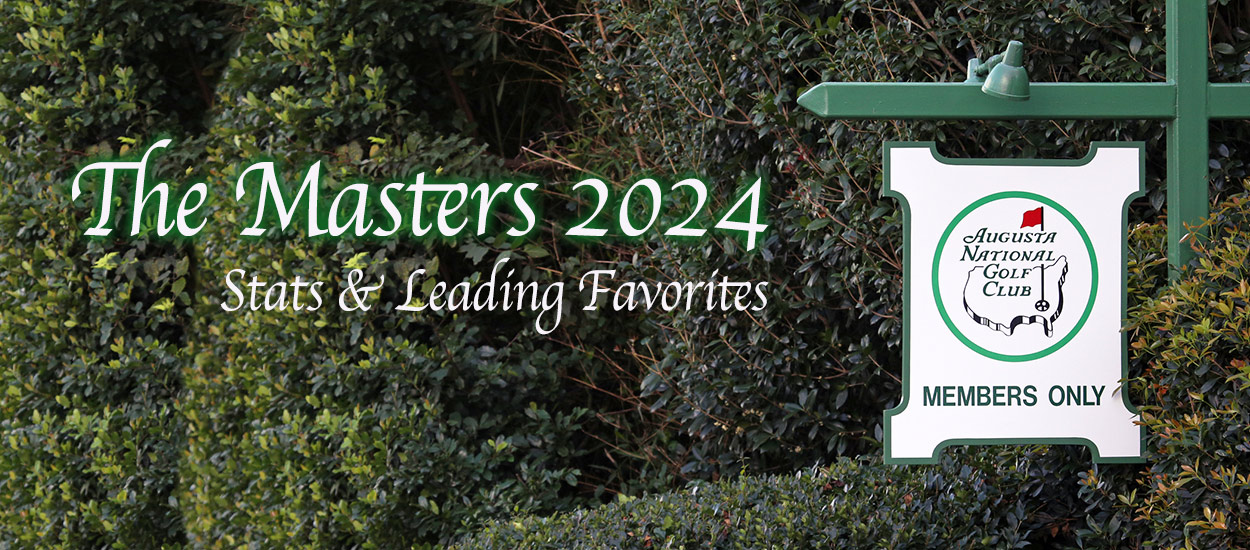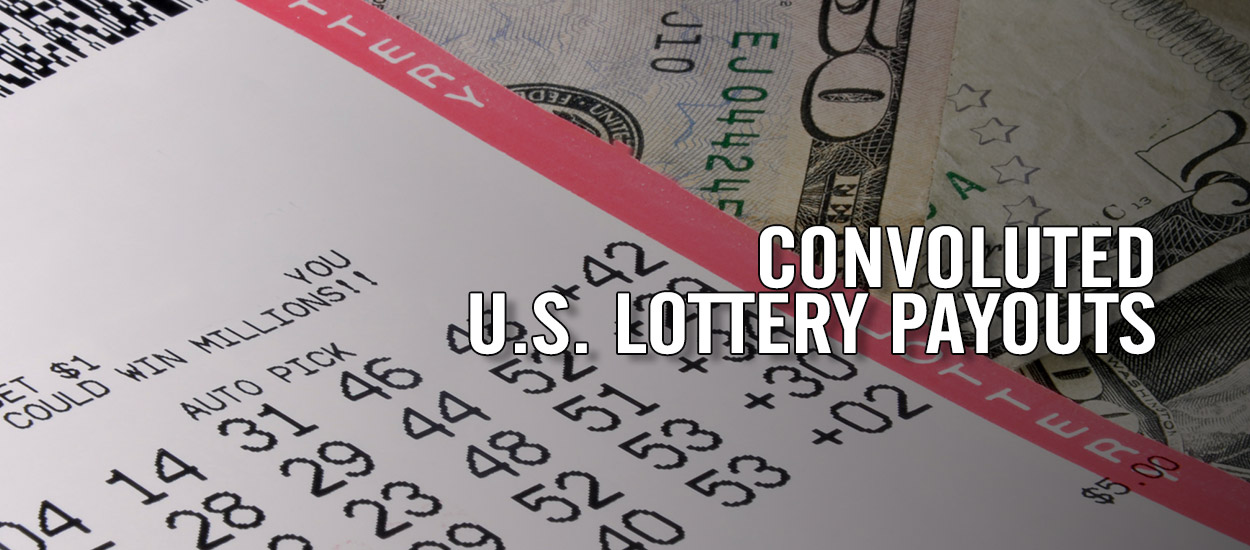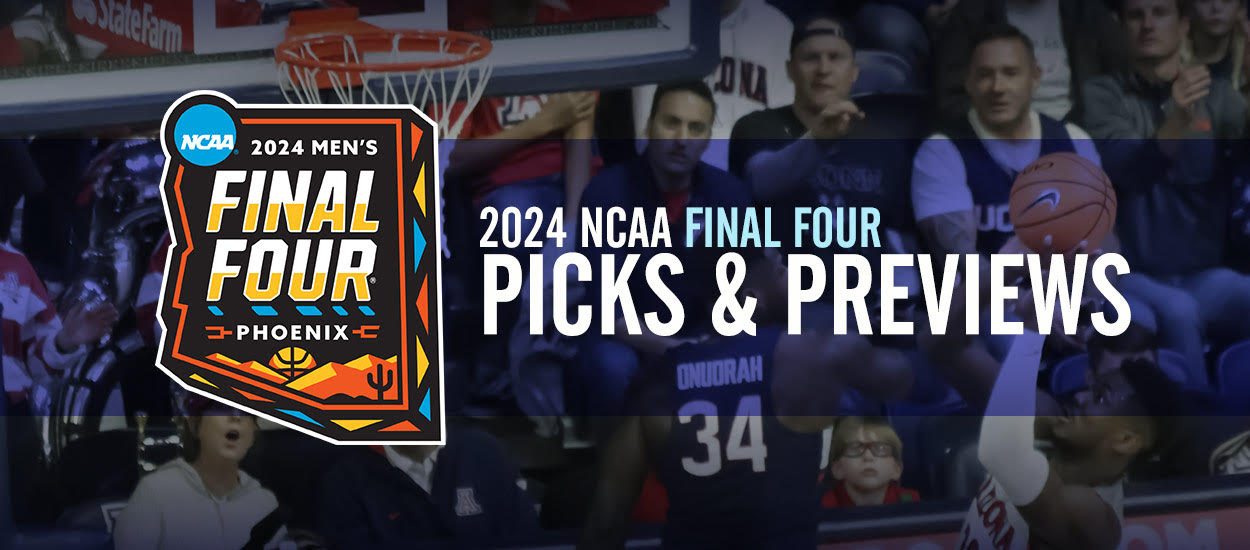Ross provides a huge NCAA betting trend
While doing my daily NCAA basketball handicapping last week, I was able to uncover an extremely profitable postseason betting situation. The specific condition involves any postseason championship game, which also includes conference tournament finals.
High Percentage of Low Scoring Games
Since 2010, all college basketball postseason championship games have gone under the total at a shockingly high percentage. Precisely how high? Well, I’m glad you asked. Excluding pushes, these postseason title games have gone an astounding 192-122 (61.6%) under the total. 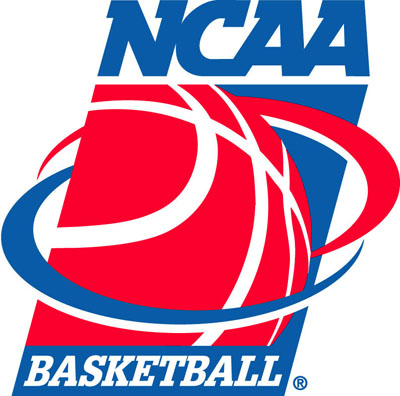 Home Court or Neutral Site Matters Little
Home Court or Neutral Site Matters Little
Upon discovering these inspiring results, I decided to dig deeper for an even higher probability of winning. A first question that popped into my mind was the following. Was there any significant difference if those title games were played at neutral sites or on a team’s home floor? Surprisingly enough, the outcomes in terms of winning percentage were almost identical. Once more, since 2010, postseason championship games played at a neutral site went 146-93 (61.1%) under the total.
Conversely, those played at a participating team’s home building were 46-29 (61.3%) to the under.
By the way, there’s already been eight conference championship games played in 2013, and 5 of those contests stayed under. Keeping with this consistent theme, that calculates to win rate of 62.5%.
Understanding Public Betting Trends
A valuable handicapping asset is having access to public betting trends. There are a few very reliable sports gambling portals which provide very accurate and current information in that regard. You can always reach out to the Offshore Gaming Association for suggestions on where best to go for that invaluable information.
Getting back to the precise betting situation that we’ve been discussing, let’s look at how public betting trends can be used to our advantage. First, we start by finding the actual number of bets that have been made, and in this instance the total on any NCAA postseason tournament championship contest. Then, what percentage of those wagers have been made on the under and contrariwise the over.
Now let me explain why a lower percentage of under bets in these types of games improves our chances of winning. For starters, going against public betting trends will make you a winner more than its alternative throughout a sizable amount of time. Here’s a perfect example of such. The 2019 Ohio Valley Conference Final between Belmont and Murray State had just 38% of bets made go on the under the total of 155.5, and subsequently, 62% of wagers were to the over. Yet, this contest easily stayed under during a 77-65 Murray State win. Keep in mind, major offshore sportsbooks don’t stay afloat because the public wins more than they lose.
Expanding the Betting Parameters
I’m now going to expound upon my original betting algorithm which points us to betting under the total on all NCAA basketball tournament finals. Remember, by doing so, your record would be 192-122 (61.6%) since 2010. When exploring further, I found that if anywhere between 17% to 40% of bets were made on going under in these title games, then our results would improve to 115-56 (67.3%) during that exact time frame. I will take those types of results anytime, and not only in regards to NCAA basketball, but when it comes to all sports wagering.
Ross Benjamin is a top sports analyst and one of the sports industry's most respected handicappers. Follow him on Twitter: @RossBenjamin1 or visit his website at RBWins.com







